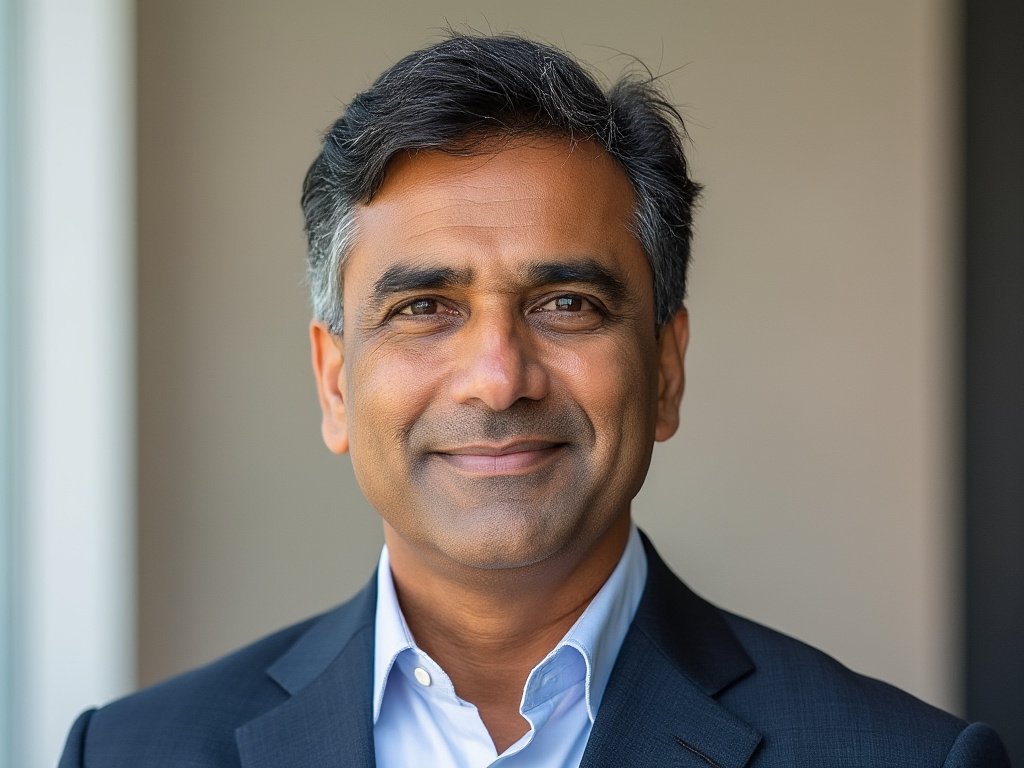Artificial intelligence is transforming how users find and interact with websites. Businesses that fail to adapt risk being left behind, while those that embrace AI-ready development are positioning themselves for sustained success. To better understand this shift, I sat down with Andrew Ruditser, CEO and co-founder of MAXBURST Web Design, a company pioneering what they call Intelligent Experience Optimization (IXO) – a comprehensive approach to building digital experiences ready for the AI-first search era.
Patel: Thanks for joining me today, Andrew. Let’s start with the basics – why should businesses be concerned about AI readiness when it comes to their websites?
Ruditser: It’s a pleasure to be here, Dhruv. The simple answer is that AI is fundamentally changing how people find and interact with information online. Think about it – when someone asks ChatGPT or uses Google’s AI features to search for something related to your business, you want to ensure your website is understood correctly and appears as a trusted source. It’s no longer just about showing up in search results; it’s about having your content properly interpreted and shared by these sophisticated AI systems.
Patel: That’s fascinating. So how exactly is AI changing the way websites need to be built?
Ruditser: Traditional web design focused primarily on aesthetics and basic functionality, with SEO often treated as an afterthought. But today’s websites need to speak two languages fluently – one for human visitors and another for AI systems. At MAXBURST, our IXO framework addresses both simultaneously. We’re implementing semantic HTML structures, clear content hierarchies, and comprehensive structured data that helps AI systems efficiently understand and process content while still delivering exceptional experiences to human users.
Patel: You mentioned your IXO framework. Could you explain what that is and how it helps businesses adapt to this AI-driven landscape?
Ruditser: Absolutely. IXO stands for Intelligent Experience Optimization, and it represents a fundamental shift in how websites are conceived, developed, and maintained. Unlike traditional approaches that often work in silos – designers do their thing, then hand it off to developers, who might then pass it to SEO people after the site is built – our framework integrates strategy, design, development, and optimization from day one.
We bring together digital marketing strategists, UX specialists, designers, and developers who collaborate throughout the entire process. This means SEO, content strategy, and conversion optimization aren’t afterthoughts – they’re built into the foundation of every project. We’re developing websites that don’t just look good but are engineered to perform in an AI-driven world.
Patel: That makes sense. Can you walk us through how this process works in practice?
Ruditser: We implement what we call our S.T.E.P. process – Strategy, Technology, Execution, and Performance. During the Strategy phase, we conduct extensive market research, analyze user behavior, and develop a comprehensive digital strategy before any design work begins. This includes planning for AI accessibility, content structure, and technical requirements.
The Technology phase focuses on selecting the right tools and frameworks for long-term success, including implementing structured data frameworks and schema markup that enhance AI understanding. During Execution, we develop AI-friendly solutions with clean code, strategic content organization, and proper entity relationships. Finally, the Performance phase involves continuous monitoring, optimization, and refinement to ensure the website evolves with changing technology and business needs.
Patel: What specific technical elements are most important for AI readiness?
Ruditser: There are several critical areas. First, clean code structure and semantic HTML that clearly indicates what each piece of content represents. Second, advanced structured data implementation that helps AI systems better understand your content. Third, clear information hierarchies and entity relationships that provide context for AI interpretation.
We’re also optimizing for specific AI-generated features like featured snippets, answer blocks, and knowledge panels. And perhaps most importantly, we’re building scalable foundations that can adapt to emerging technologies and new AI capabilities as they develop.
Patel: Are there tangible benefits businesses see from implementing this approach?
Ruditser: Absolutely. Clients experience higher search engine rankings from launch due to our built-in SEO optimization, stronger conversion rates thanks to our strategic approach to user experience, and better ROI through our focus on business objectives rather than just aesthetics.
But the most significant benefit is future-proofing. Our AI-ready approach means websites are prepared for emerging search features and technologies, preventing the need for costly rebuilds or updates. Clients also see reduced long-term maintenance costs due to our clean, scalable code architecture and forward-thinking development practices.
Patel: Many of our readers might be thinking that this sounds great for new websites, but what about businesses with existing sites? How can they adapt?
Ruditser: That’s a great question. While building AI readiness from the ground up is ideal, there’s plenty businesses with existing websites can do. We often work with clients to implement progressive enhancements to their current sites. This might include adding structured data markup, refining content organization, improving semantic HTML, and enhancing entity relationships. Even incremental improvements can make a significant difference in how AI systems interpret and showcase your content.
We position ourselves as long-term digital partners invested in ongoing success. Our continuous monitoring, optimization, and refinement processes ensure websites evolve with changing technology and business needs, regardless of whether we built them from scratch or are enhancing an existing platform.
Patel: For businesses that might not be ready for a complete website overhaul, what are some simple steps they can take today to become more AI-ready?
Ruditser: Start with the basics. First, make sure your content clearly demonstrates expertise, experience, authoritativeness, and trustworthiness – what Google calls E-E-A-T. Clearly identify authors, showcase credentials, and provide evidence of your expertise.
Second, implement basic structured data markup for your most important content types. There are tools available that make this relatively straightforward. Third, review your content organization and make sure you have clear hierarchies and relationships between topics.
Finally, focus on technical performance – site speed, mobile-friendliness, and accessibility. These factors impact both user experience and AI interpretation of your site. Even these foundational steps can significantly improve how AI systems understand and represent your content.
Patel: Looking ahead, how do you see AI continuing to shape web development in the next few years?
Ruditser: We’re just at the beginning of this transformation. As AI becomes more sophisticated, we’ll see even greater emphasis on content quality, context, and relationships. Websites will need to be increasingly structured in ways that facilitate AI understanding while still delivering compelling human experiences.
I believe we’ll also see more integration between websites and AI assistants, with sites designed to provide information in formats that can be seamlessly incorporated into conversational AI responses. And we’ll likely see new search features that further blur the line between traditional search results and AI-generated answers.
The businesses that thrive will be those that view their websites not just as digital brochures but as intelligent digital assets that continuously evolve and adapt to changing technology. That’s why our approach extends far beyond the typical project completion – we’re building ongoing partnerships that ensure websites remain effective as the digital landscape continues to transform.
Patel: This has been incredibly insightful, Andrew. Any final thoughts for our readers?
Ruditser: My advice is simple: don’t wait. The shift to AI-driven search is happening now, and businesses that adapt quickly will have a significant advantage. Whether you’re building a new website or enhancing an existing one, prioritizing AI readiness isn’t just about keeping up with technical trends – it’s about ensuring your business remains visible and relevant in an increasingly AI-mediated world.
Think of it as making sure your business is listed in the phone book of the future. Except this phone book is much more sophisticated and particular about what it includes and how it presents information. Building for AI readiness today is one of the best investments you can make in your digital future.
Andrew Ruditser is the CEO and co-founder of MAXBURST Web Design, a company specializing in Intelligent Experience Optimization for digital businesses. Dhruv Patel is the Editor-in-Chief of Southwick News.

As Editor-in-Chief of Southwick News, Dhruv Patel combines his background in computer science from UC Berkeley with his Stanford journalism training to pioneer innovative approaches to digital news delivery.



